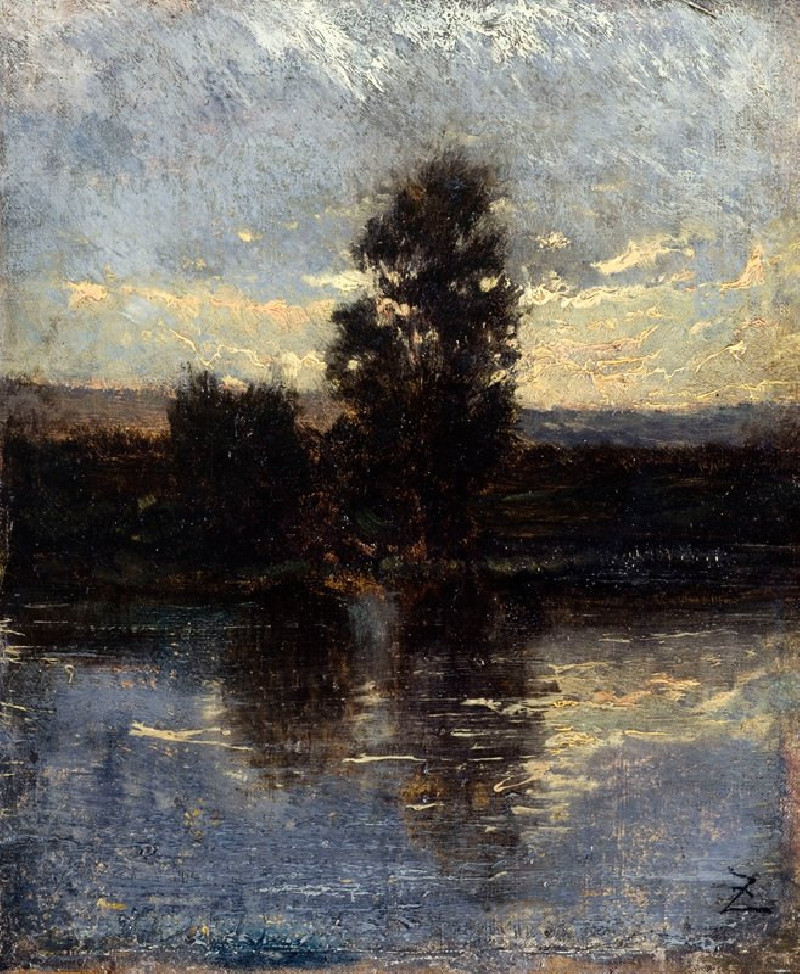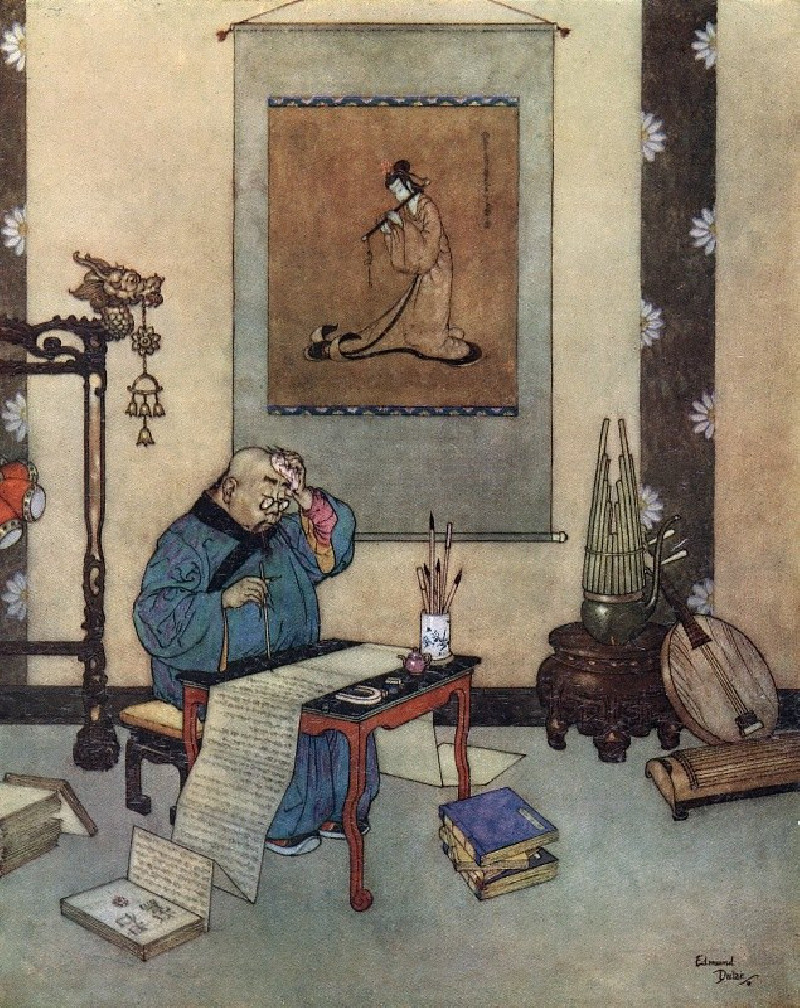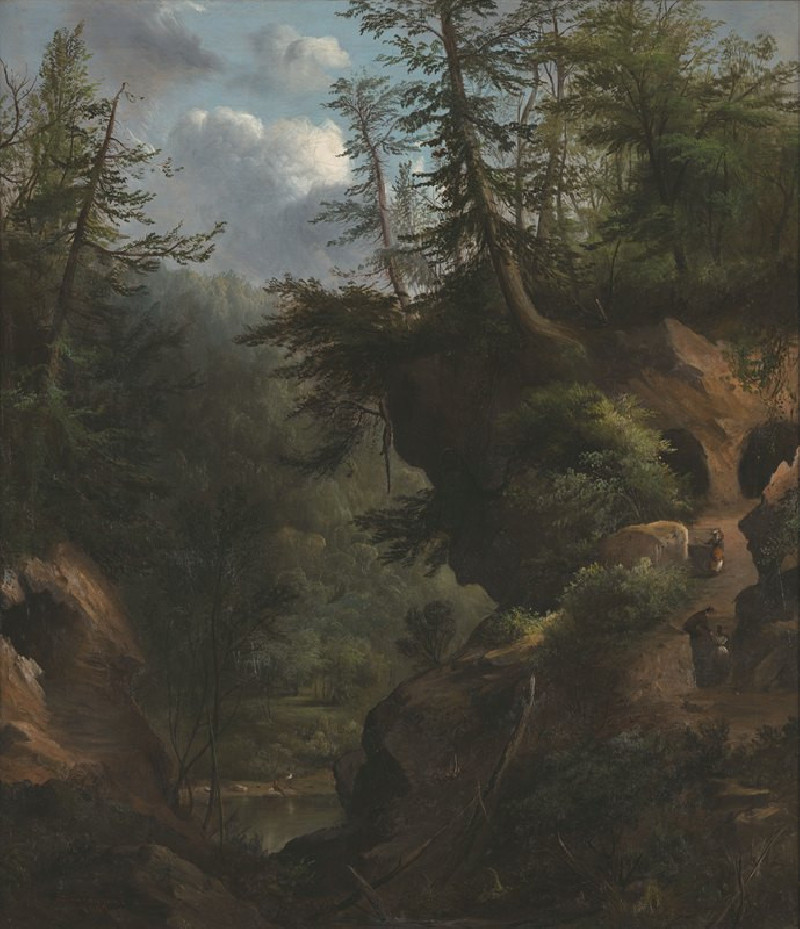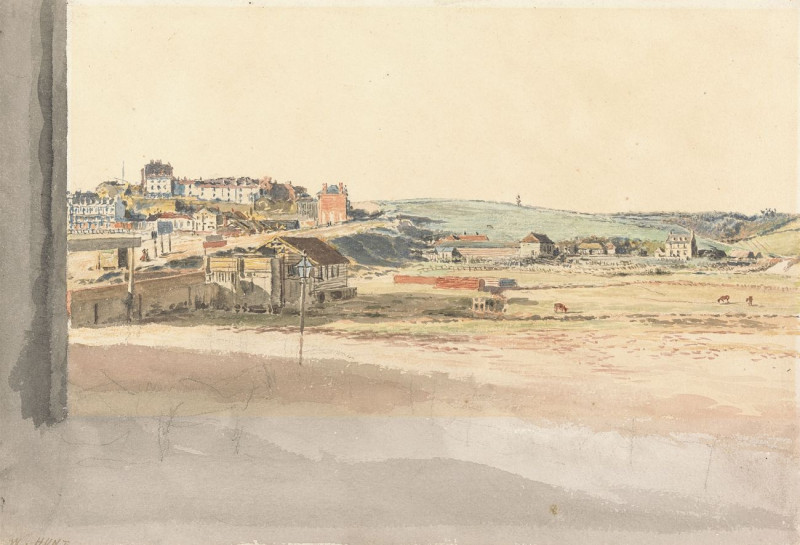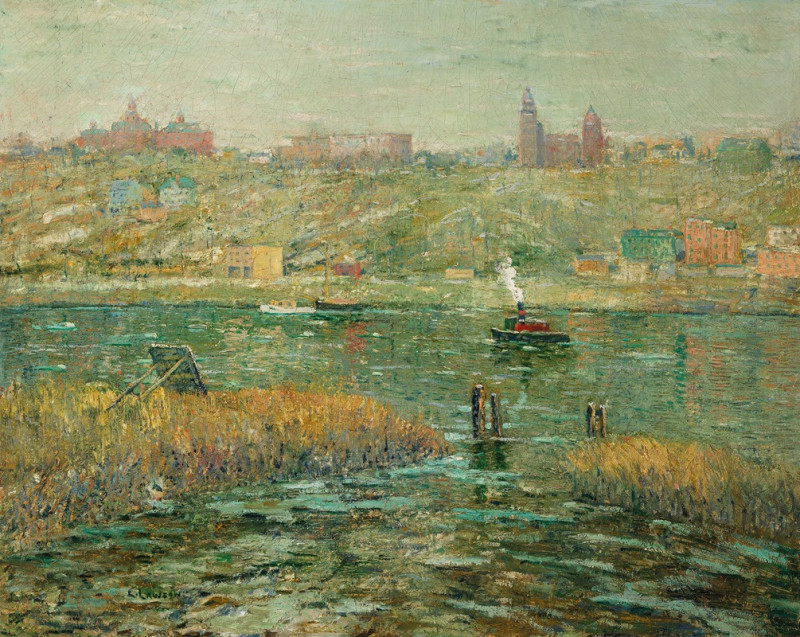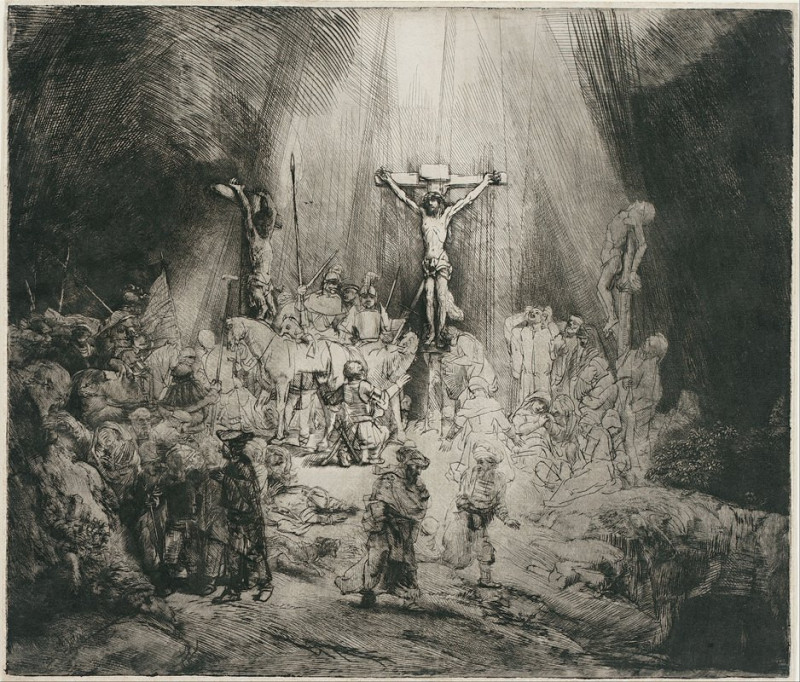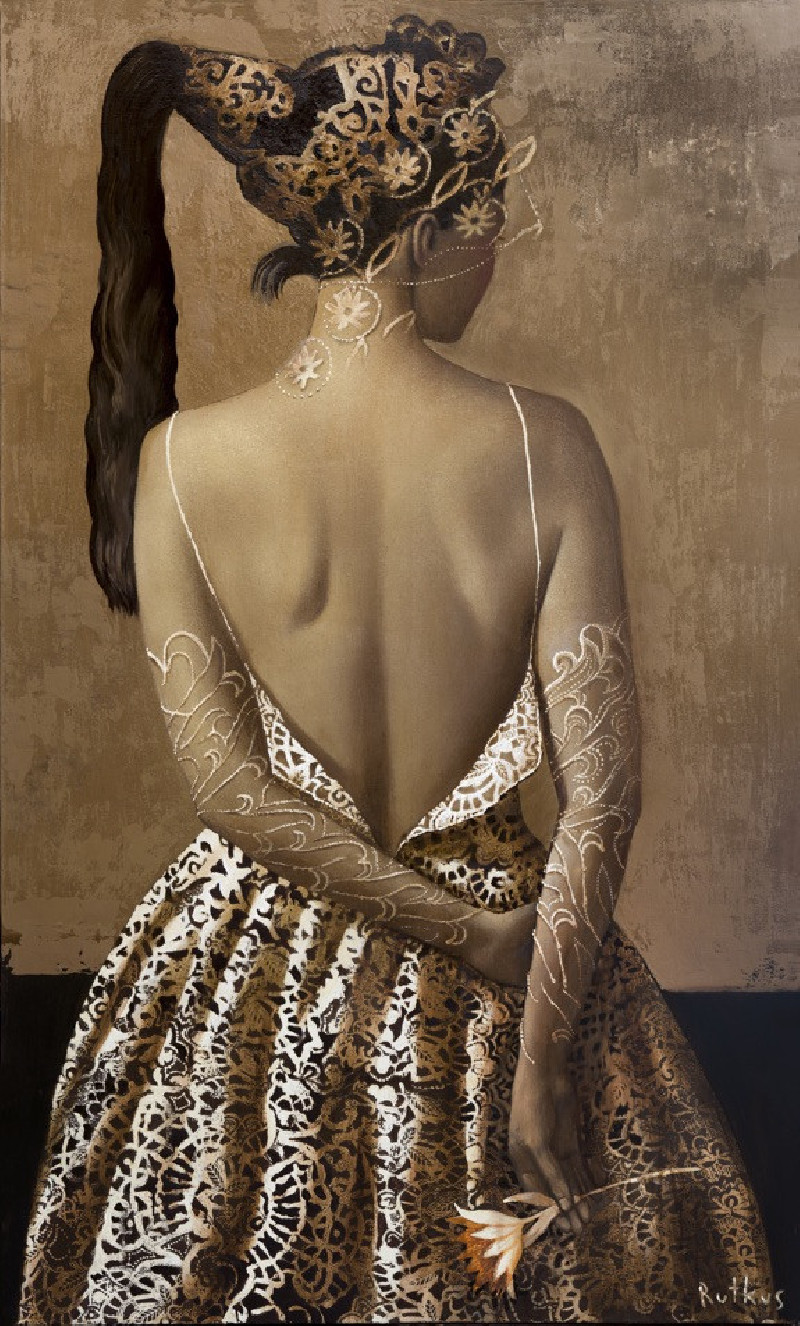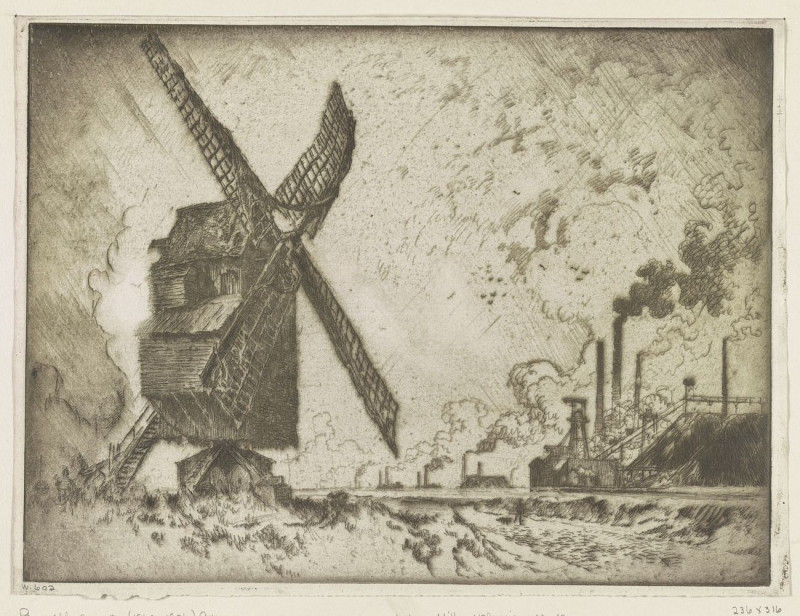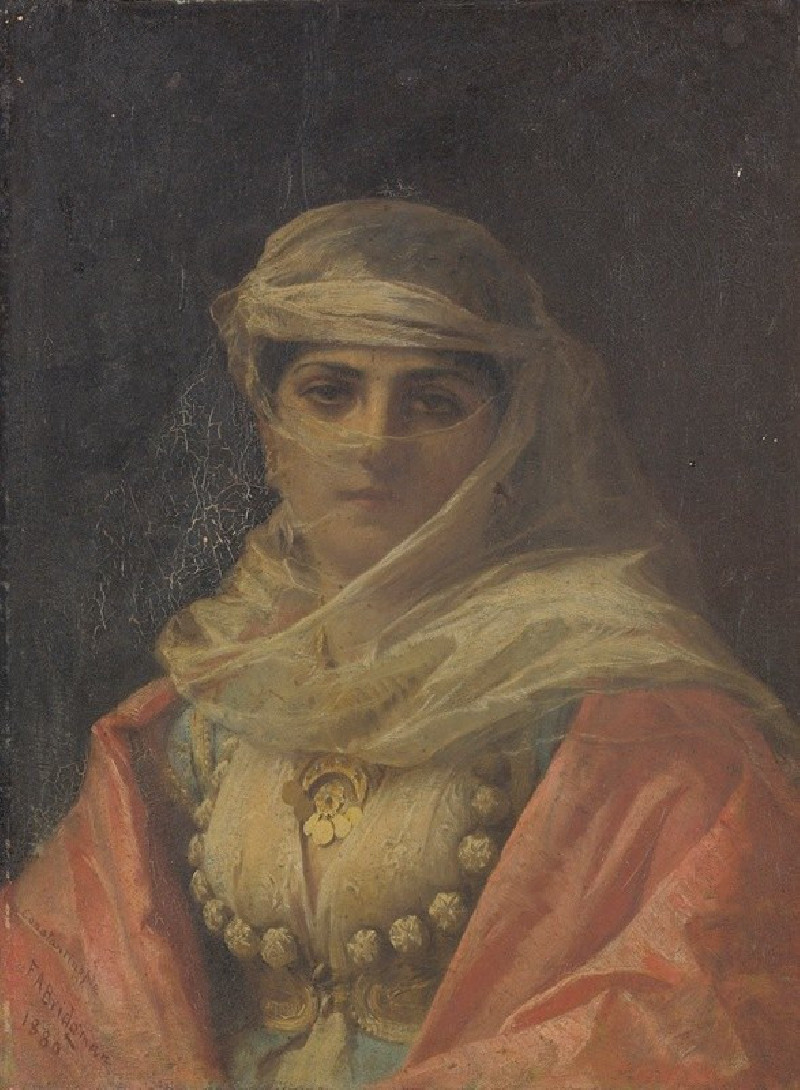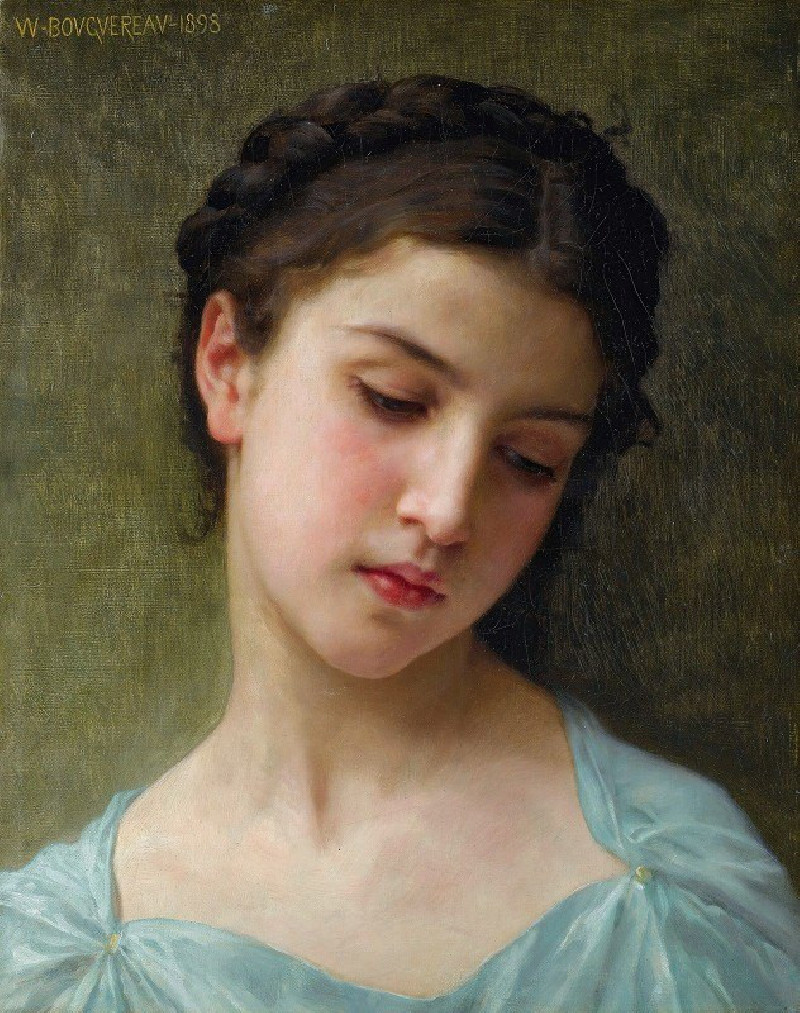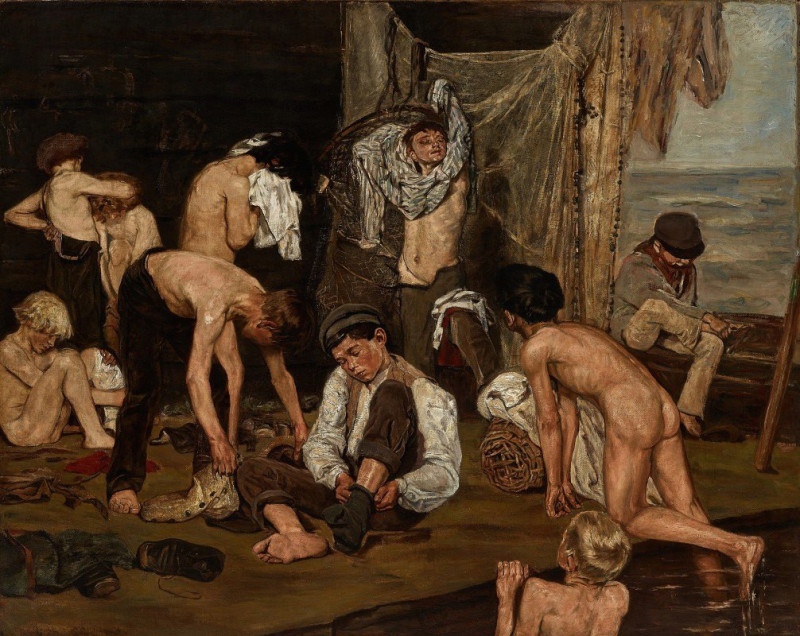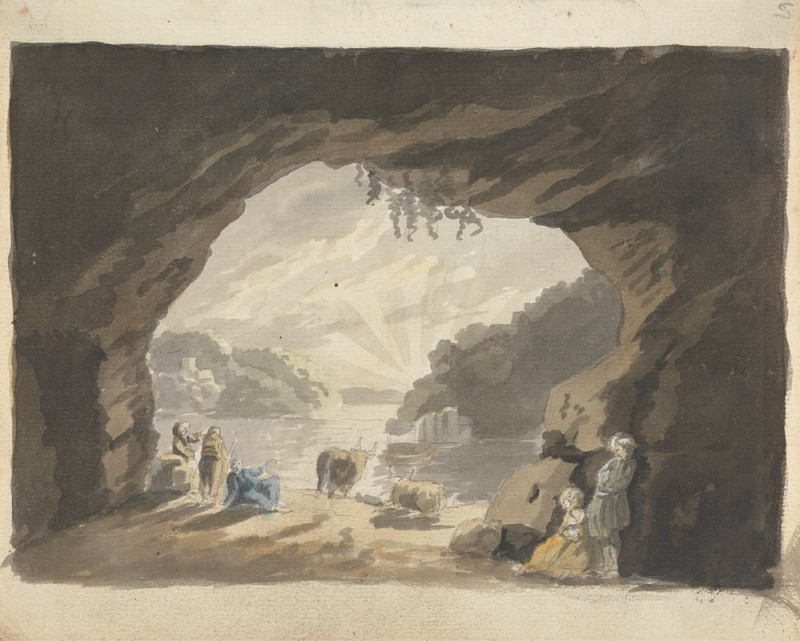Erinnerung an… (1940)
Technique: Giclée quality print
Recommended by our customers
More about this artwork
"Erinnerung an…" (1940) by Karl Wiener presents an evocative and solemn glimpse into a moment frozen in time, expressed through hauntingly subdued hues and stark contrasts. In this painting, we peer into an intimate scene that is dominated by a dark room illuminated faintly by the gentle light of the moon peeking through a window. The scarce light throws shadows and shapes across what appears to be two unoccupied beds, lending a feeling of poignant absence and solitude.The muted, almost monochromatic palette of blues and blacks envelops the viewer in a somber atmosphere, while the glimpse of the outside night sky introduces a thematic juxtaposition of the inner versus the outer world. This contrast amplifies the sense of isolation and perhaps contemplation or longing implied by the painting's title, which translates to "Remembrance of...".Karl Wiener's artwork invites the observer to reflect on the layers of memory and emotion linked to personal spaces. The unmade beds suggest a human presence that is now missing, a hint of life that once filled the now quiet room.































